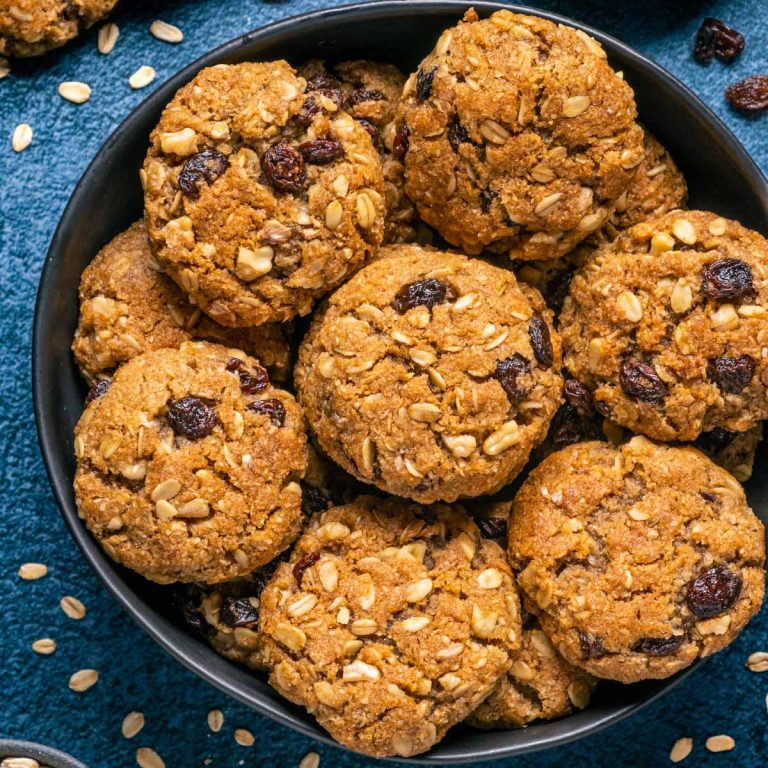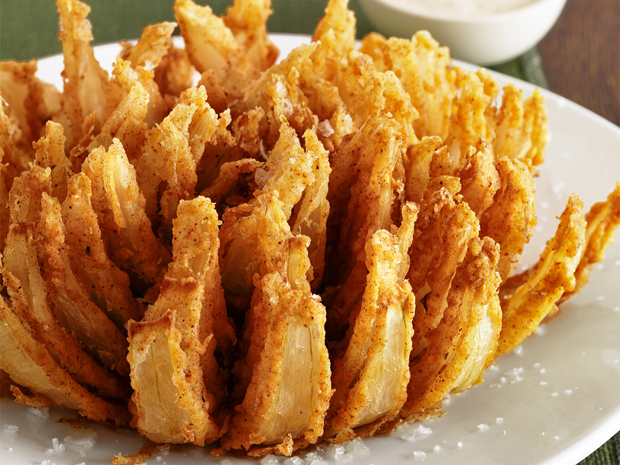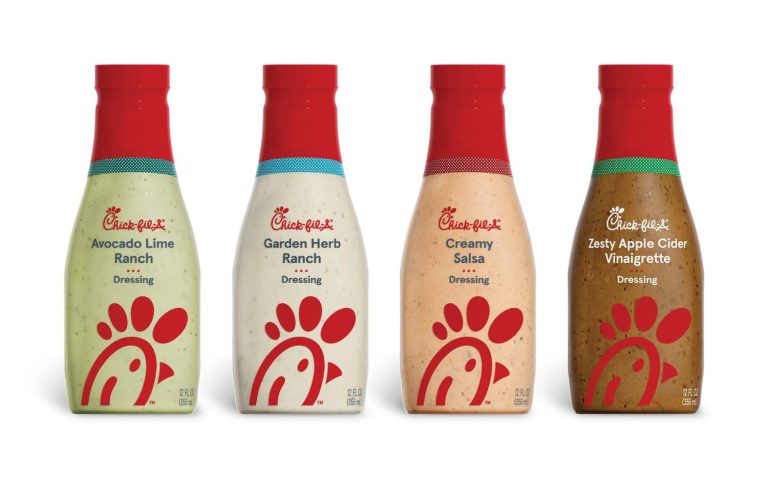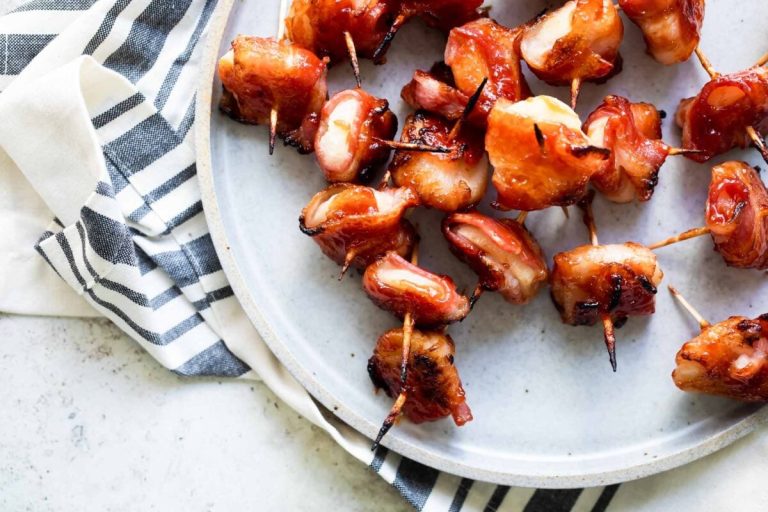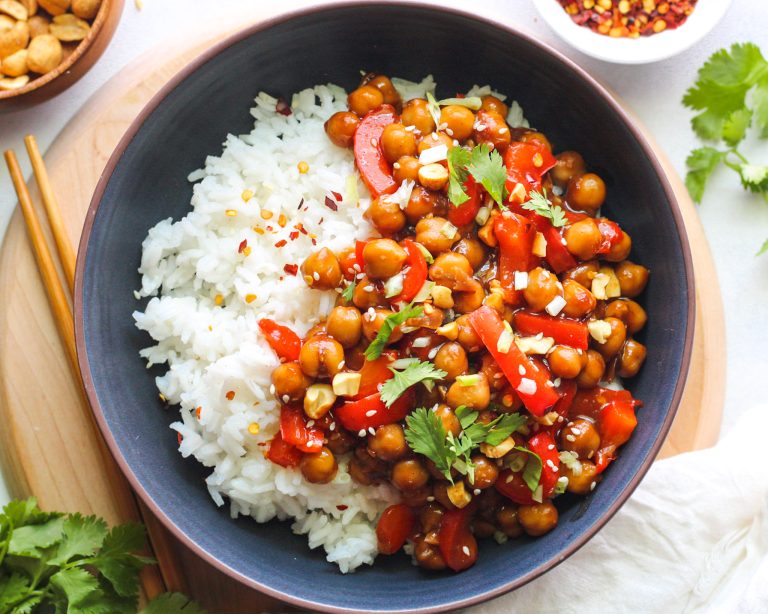Chitterlings: The Ultimate Guide to a Southern Comfort Food Classic
Chitterlings hold a deep-rooted history in Southern cuisine. Introduced during the era of slavery, enslaved Africans often received less desirable cuts of meat. Transforming chitterlings into a flavorful dish, they showcased resilience and culinary creativity. Today, many African American families view chitterlings as a symbol of heritage and tradition. During holidays like Thanksgiving and Christmas, these dishes often take center stage at festive meals.
Preparation and Ingredients
Preparing down home chitterlings requires careful cleaning and meticulous cooking. Begin with fresh or frozen pork intestines, which need thorough washing to remove any impurities. Use vinegar and lemon juice to assist in the cleaning process. When selecting ingredients, focus on enhancing flavor. Essential seasonings include onions, garlic, and peppers, which infuse the chitterlings with a rich taste. Slow cook them in a large pot with water, adding spices like salt, black pepper, and red pepper flakes. Cooking usually takes 4-5 hours until tender and flavorful.
Culinary Techniques for Chitterlings
Cleaning and Safety Tips
Ensuring chitterlings are clean is crucial. Start by rinsing the chitterlings under cold running water. Use a knife to remove any excess fat and debris. Submerge the chitterlings in a mixture of vinegar and water for 30 minutes to help eliminate bacteria and odor. Repeat the rinsing process until the water runs clear. For an added layer of safety, boil the chitterlings in water for 10 minutes before beginning the slow cooking process. Always use separate cutting boards and utensils to avoid cross-contamination with other foods.
Cooking Methods Explored
Various methods can be used to cook chitterlings, each offering distinct flavors and textures.
Traditional Boiling
Traditional boiling involves simmering chitterlings for 4-5 hours with seasonings like onions, garlic, and peppers. This method yields tender, flavorful meat.
Deep-Frying
Deep-frying offers a crispy alternative. Coat cleaned chitterlings with seasoned flour, then fry them in hot oil until golden brown. This method requires precise temperature control to prevent burning.
Pressure Cooking
Pressure cooking drastically reduces cooking time to about 1-2 hours while maintaining tenderness. Season the chitterlings and cook them under high pressure with water or broth.
Grilling
Grilling chitterlings adds a smoky flavor. Parboil them first, then finish on the grill over medium heat until slightly charred. Baste with barbecue sauce for added zest.
Incorporate these techniques to achieve different textures and flavors, maximizing your culinary experience with chitterlings.
Flavor Profiles and Serving Suggestions
Traditional Accompaniments
Chitterlings have distinct, robust flavors often paired with traditional Southern sides. Collard greens, seasoned with smoked meat, enhance the savory profile. Cornbread adds a slightly sweet contrast, balancing the richness of the chitterlings. Black-eyed peas, cooked with ham hocks or bacon, complement the dish with a hearty, earthy taste. Serve these sides to maintain authenticity and flavor diversity.
Modern Twists on the Classic Dish
Reinvent chitterlings with contemporary pairings and techniques. Incorporate chitterlings into tacos with fresh salsa and avocado for a fusion twist. Use them in ramen bowls, adding a unique Southern element to the broth’s umami. Create chitterling sliders with spicy aioli on brioche buns for an appetizing appetizer. These innovations modernize the dish while preserving its traditional essence.
Health and Nutritional Aspects
Nutritional Breakdown
Chitterlings offer a unique nutritional profile, with key components being protein and fats. A 3-ounce serving of boiled chitterlings contains approximately:
| Nutrient | Amount per 3 oz | % Daily Value* |
|---|---|---|
| Calories | 179 | 9% |
| Protein | 10.4 grams | 21% |
| Total Fat | 15.1 grams | 23% |
| Saturated Fat | 5.3 grams | 26% |
| Cholesterol | 56.5 mg | 19% |
| Iron | 3.7 mg | 21% |
Chitterlings are a source of dietary protein, which helps maintain muscle mass and repair tissues. They’re also rich in iron, important for oxygen transport in the blood.
Health Concerns and Benefits
Health concerns mainly revolve around the high fat content, particularly saturated fat. Consuming high levels of saturated fats can increase your risk of heart disease. Additionally, improper cleaning and cooking of chitterlings can lead to bacterial contamination, causing foodborne illnesses such as Yersinia infection.
However, there are health benefits when you consume chitterlings in moderation. The protein content aids in muscle repair and recovery. The iron content supports healthy blood functions, preventing conditions like anemia. Balancing chitterlings with fiber-rich vegetables and whole grains can help mitigate some of the adverse effects related to fat and cholesterol. Proper preparation, including thorough cleaning and cooking, is crucial to ensuring the dish is safe to eat.
Adhering to these guidelines allows you to enjoy chitterlings as part of a diverse and balanced diet while mitigating potential health risks.
Regional Variations of Chitterlings
Southern U.S. Style
Southern U.S. chitterlings, known for their rich flavor and tender texture, are typically seasoned with garlic, onion, and pepper. Cooking involves boiling the chitterlings for several hours to achieve a tender consistency. Different states like Louisiana often add a spicy twist using cayenne pepper or hot sauce. It’s common to serve them with cornbread, collard greens, and rice, forming a hearty meal. Traditional recipes may vary slightly between regions but generally, emphasize simplicity and robust flavors.
Global Influences
Chitterlings’ influence extends beyond the Southern U.S., with notable variations seen worldwide. In France, “andouillette” is a sausage made from chitterlings seasoned with onions, wine, and mustard. Chinese cuisine offers “zhu du,” stir-fried with garlic and green onions. In Latin America, “chunchullo” is popular, often grilled and seasoned with lemon and chili. These international variations highlight the versatile nature of chitterlings and how different cultures infuse local flavors and ingredients into the dish.
| Region | Preparation Method | Key Seasonings | Serving Suggestions |
|---|---|---|---|
| Southern U.S. | Boiled for several hours | Garlic, onion, pepper, cayenne (optional) | Cornbread, collard greens, rice |
| France | Made into andouillette sausage | Onions, wine, mustard | Often grilled or pan-fried |
| China | Stir-fried | Garlic, green onions | Served with rice or noodles |
| Latin America | Grilled when cooked as chunchullo | Lemon, chili | Often eaten as a snack or appetizer |
These variations demonstrate the adaptability of chitterlings to different culinary traditions, proving their lasting appeal as both a comfort food and a delicacy worldwide.
Conclusion
Exploring the rich history and cultural significance of chitterlings reveals much more than a simple dish. This traditional Southern comfort food stands as a testament to resilience and culinary creativity. Whether you prefer the classic Southern preparation or are curious about international variations like French andouillette or Chinese zhu du chitterlings offer a unique and flavorful experience.
By understanding the importance of proper cleaning and cooking techniques you ensure a safe and delicious meal. Embrace the diverse ways to enjoy chitterlings and savor a dish that continues to bring comfort and delight to tables around the world.
